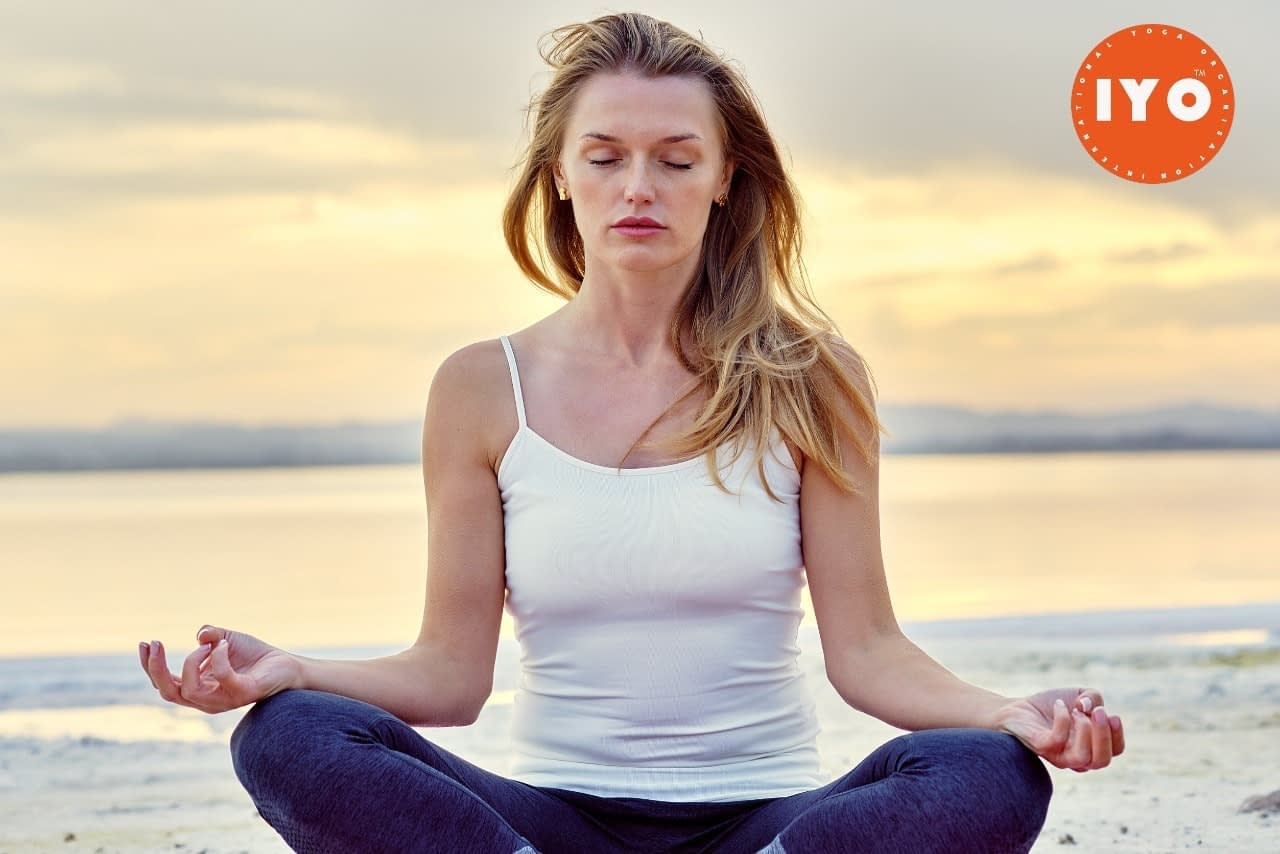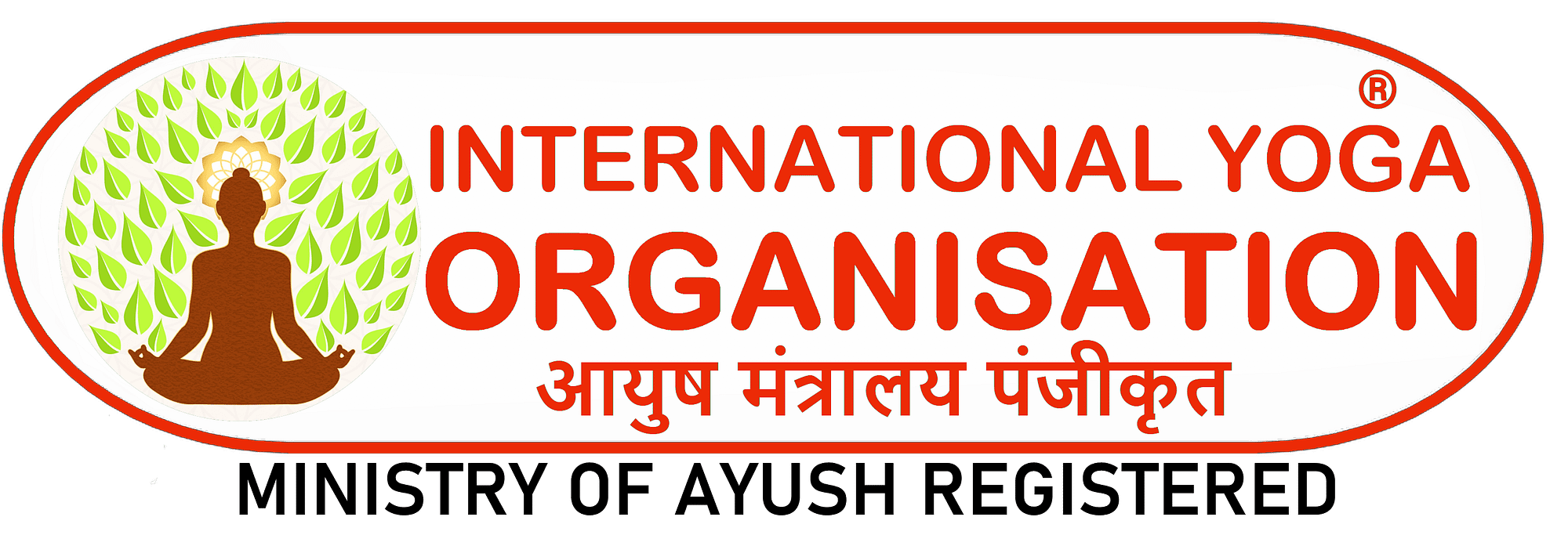
Prana, the Universal Life Force

An integral part of Hatha Yoga and other forms of IYO yoga is pranayama, or breath control. In fact, the manipulation of breath to control the physical manifestation of prana in the body is Hatha Yoga’s realm. People in all cultures have learned to manipulate prana, either consciously or unconsciously. Faith healers, hypnotists, prophets, shamans, and spiritualists may use prana, although they may use another name for it. Yogis learn to use prana purposefully to push the mind to a higher state of consciousness. Speech can be charged with prana, which is why some people captivate us when they talk.
we described prana as the life force or energy that exists everywhere and is manifested in each of us through the breath, but prana isn’t exactly the same thing as breath or oxygen. Prana exists in all living things. It doesn’t have consciousness—it’s pure energy. Every cell in your body is controlled by prana. Prana animates all matter. Prana can be a difficult concept to comprehend; it may become clearer if you understand what it isn’t. Once a body completely dies, administering oxygen won’t bring it back to life, so obviously, oxygen doesn’t equal life. Life is animated by more than oxygen—it’s animated by prana. Prana is also not the matter it animates, nor the spirit it propels. Prana is universal energy that’s in the air, in all matter, and is used by the spirit. You breathe in prana along with air, and prana regulates your body, from your nervous foot tapping the floor to your thoughts about your weekend plans. We’re now going to turn a little bit of attention to biology—biology according to IYO yoga, that is. But don’t get scared off; the concepts are easy to follow. Trust us. Prana moves through the body along two energy pathways on either side of the spine. Pingala is on the right side and represents the sun. Ida is on the left side and represents the moon. In the middle is a passageway called sushumna, which runs through the spinal cord. Just picture a subway. The energy that keeps it running smoothly is ida and pingala. The kundalini is the train sitting at the bottom of this subway waiting to be energized. The IYO yoga interpretation of the body has a basis in Western anatomy, too. According to physiology, both afferent and sensory nerves exist in the body:
➤ Afferent nerves carry messages to the brain and correspond to pingala.
➤ Sensory nerves carry messages from the brain to the rest of the body and correspond to ida. The spinal cord or center of these two currents (afferent/pingala and sensory/ida), sushumna, also controls the currents that move through the body’s nervous system. In yoga, there are 10 currents, called nadis. Pingala, ida, and sushumna are the major three. Picturing the physiology (Western-style!) of your thoracic cavity (the cavity containing your lungs and heart) may help you visualize what’s happening as you breathe during pranayama. When you inhale, your 24 ribs and two lungs expand. Your diaphragm, a large, flat muscle at the base of your thoracic cavity, moves downward to make room for air rushing in. Imagine that it looks a little like an upside-down plunger, helping to pull air in. Deep breathing means filling your lungs from the bottom up. You have a lot of room in there for air! When you exhale, your ribs and lungs contract. Your diaphragm rises, pushing the air back out, again like a plunger. When you breathe, imagine the breath is flowing deep into your abdomen, then slowly filling up the abdominal cavity, lower thoracic cavity, and last of all, the chest. On the exhalation, imagine the air flowing out from the chest, the lungs, past the diaphragm, and out of the deepest regions of the abdomen. This is deep breathing! Try not to move your chest or shoulders when you breathe. All movement should be in your abdomen or lower rib area. Put your hand on your abdomen and try to expand and contract from there. And keep those shoulders still! Rising and falling shoulders are usually an indication of shallow breathing
Breath Control Equals Mental Control
Your breath and your mind have an intimate relationship. Just think about all the ways your breath is affected purely because your mind is experiencing something completely unrelated to breathing. Spend an entire day tuning in to your breath. Notice how it quickens or slows according to what you’re doing, saying, or even thinking? Your breath can be affected merely by who you’re near. Just imagine watching an exciting movie. You’re sitting still in your seat eating your popcorn. You aren’t doing anything at all to get out of breath. As the opening credits roll, you see the name of your favorite actor or actress and your breath quickens in anticipation. When the movie gets suspenseful, you hold your breath. When the action speeds up, so does your breathing. Your breath responds to the movie’s happy ending by becoming steady, smooth, and regular. As the credits roll, if the movie was a satisfying experience, you may even feel winded, as if you had been through a workout. What our brain perceives, our breath mirrors and our body experiences. Imagine harnessing this power! Just as the mind influences the breath and body, so can the breath influence the mind and body. Controlling the power of breath is the technique of pranayama. There are actually five manifestations of prana that act as vital energy in the body, depending on where they are. Each type complements one of the five nerve centers and is associated with one of the body’s primary energy centers or, chakras.
➤ Prana (PRAH-nah)—not the prana that is the universal life force, but a sort of “sub-prana”—rules the respiration process. It manifests in the heart chakra in the chest, flows into the body through inhalation, and moves up toward the brain.
➤ Apana (ah-PAH-nah) controls excretion, including the kidney, bladder, colon, genitals, and rectum. It’s generated in the body by exhalation and flows downward toward the rectum and out of the body, ridding the body of impurities. It manifests through the Saturn chakra in the lower abdomen.
➤ Samana (sah-MAH-nah) governs the digestive system, including the stomach, intestine, liver, and pancreas. It manifests through the Mars chakra behind the stomach.
➤ Udana (uh-DAH-nah) lives in the throat and controls swallowing. It also serves as the force dividing the astral body (the vehicle of the spirit) from the physical body at the time of death. It’s the vital energy of speech and manifests through the Mercury chakra in the throat.
➤ Vyana (vee-AH-nah) flows throughout the entire body, regulating blood flow as well as muscle and joint movements. It’s the vital energy of circulation and manifests through the Jupiter chakra located on the spine near the genitals.
What does all this mean for you? In short, the more prana you bring into your body, the better your body and your mind will work, and the better you’ll feel. Prana gives you instant energy and supports long-term good health. It is the ultimate feel-good medicine and a powerful preventive healthcare tool.
Blow Your Mind
So how do you get that prana inside you where it belongs? By learning pranayama, or IYO yoga breathing techniques. Pranayama isn’t difficult, but it takes concentration. There are many exercises to try. Following are a few. Experiment with each and consider incorporating a few of them into your IYO yoga workout, between poses, before or after your workout, or whenever you need instant energy or calming. You can practice breathing exercises just about anywhere, but they’ll be more productive if you practice them in certain positions. All the following exercises will work better when your spine is aligned and your lungs are able to expand to their maximum, not when you’re slumped over in a chair watching television. Let your body position make things simpler.


